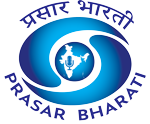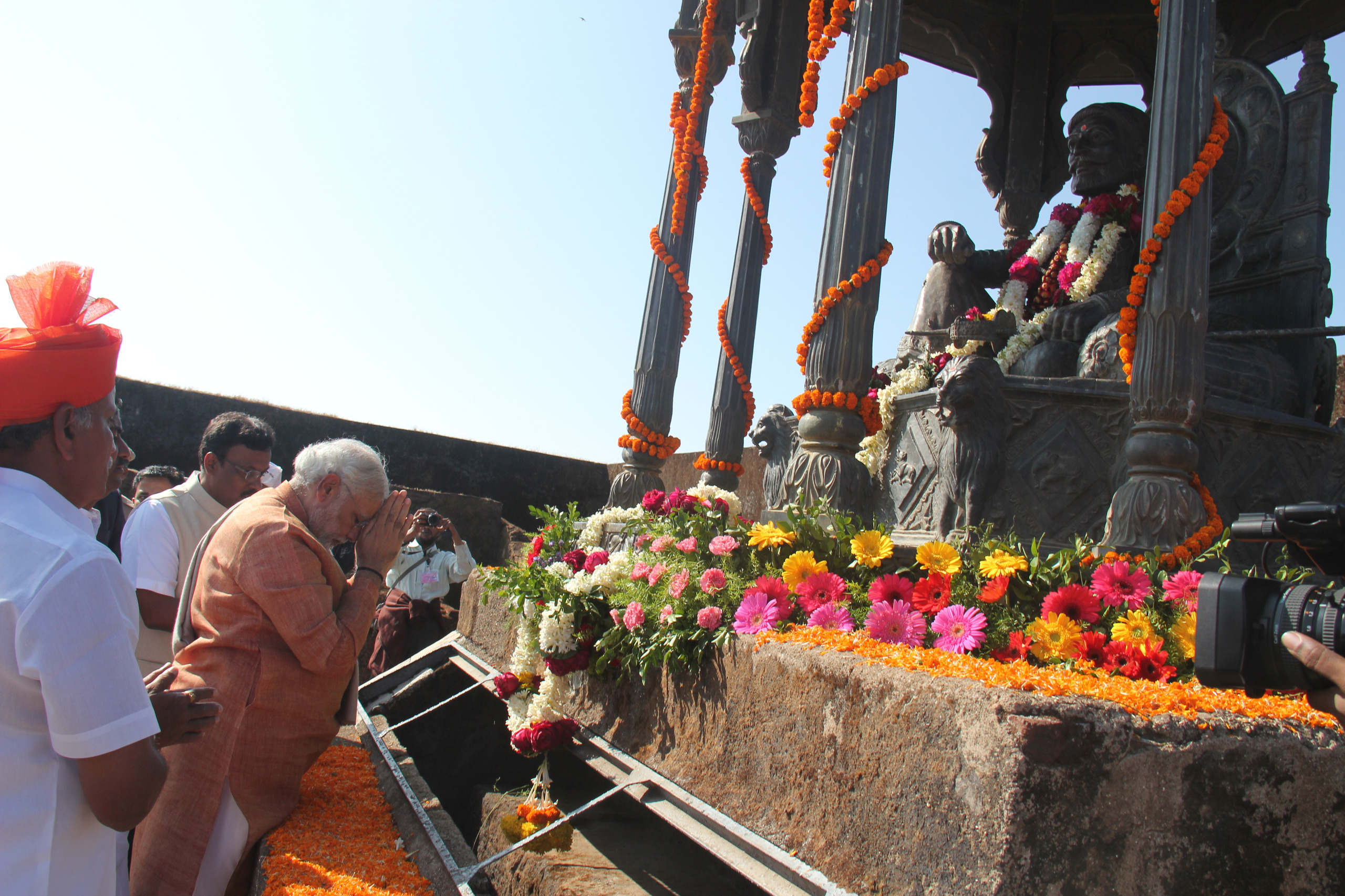Prime Minister Narendra Modi has expressed immense pride and joy over the inscription of the Maratha Military Landscapes of India in the prestigious UNESCO World Heritage List. The recognition, granted at the 47th session of the UNESCO World Heritage Committee in Paris, marks India’s 44th World Heritage site and celebrates the nation’s enduring cultural and architectural legacy.
The nomination, submitted for the 2024–25 cycle, features a group of twelve strategically located forts that exemplify the Maratha Empire’s military acumen and architectural brilliance from the 17th to 19th centuries CE. The inscription followed an extensive eighteen-month evaluation involving technical reviews and an on-site mission by the International Council on Monuments and Sites (ICOMOS).
Reacting to the announcement, Prime Minister Modi took to X, saying:
“Every Indian is elated with this recognition. These ‘Maratha Military Landscapes’ include 12 majestic forts, 11 of which are in Maharashtra and 1 in Tamil Nadu. When we speak of the glorious Maratha Empire, we associate it with good governance, military strength, cultural pride and emphasis on social welfare. The great rulers inspire us with their refusal to bow to any injustice. I call upon everyone to go visit these forts and learn about the rich history of the Maratha Empire. Here are pictures from my visit to Raigad Fort in 2014. Had the opportunity to bow to Chhatrapati Shivaji Maharaj. Will always cherish that visit.”
Union Minister of Culture Gajendra Singh Shekhawat and Maharashtra Chief Minister Devendra Fadnavis also extended congratulations to the nation, calling the recognition a proud moment for India’s cultural diplomacy and historical preservation.
The twelve forts that comprise the Maratha Military Landscapes include Salher, Shivneri, Lohgad, Khanderi, Raigad, Rajgad, Pratapgad, Suvarnadurg, Panhala, Vijaydurg, and Sindhudurg in Maharashtra, as well as Gingee Fort in Tamil Nadu.
These forts are strategically situated across diverse terrains—ranging from hilltops and dense forests to plateaus and coastal islands. Shivneri, Lohgad, Raigad, Salher, Rajgad, and Gingee are hill forts. Pratapgad is a hill-forest fort, Panhala is a hill-plateau fort, Vijaydurg is a coastal fort, and Khanderi, Suvarnadurg, and Sindhudurg are classified as island forts.
Eight of these forts—Shivneri, Lohgad, Raigad, Suvarnadurg, Panhala, Vijaydurg, Sindhudurg, and Gingee—fall under the protection of the Archaeological Survey of India (ASI). The remaining four—Salher, Rajgad, Khanderi, and Pratapgad—are maintained by the Directorate of Archaeology and Museums, Government of Maharashtra.
India’s nomination was accepted under UNESCO criteria (iv) and (vi), recognizing the forts for their outstanding architectural and technological significance, as well as their deep cultural and historical associations. The nomination received overwhelming support from 18 of the 20 State Parties present, with the final deliberation lasting 59 minutes.
This recognition follows the inscription of the Moidams of Charaideo in Assam during the 46th session of the World Heritage Committee held in New Delhi last year. With this new addition, India now ranks sixth globally and second in the Asia-Pacific region for the number of World Heritage Sites.
India is currently serving as a member of the World Heritage Committee for the 2021–2025 term and continues to strengthen its global cultural presence through the dedicated efforts of the Archaeological Survey of India—the country’s nodal agency for all matters related to World Heritage. Presently, India also has 62 sites on the Tentative List, a prerequisite for future World Heritage nominations.










